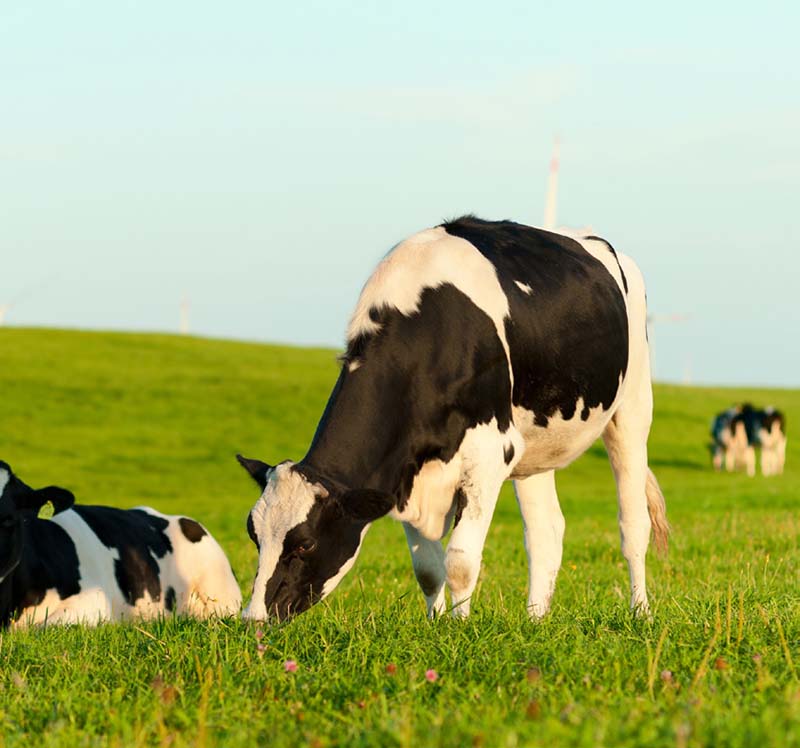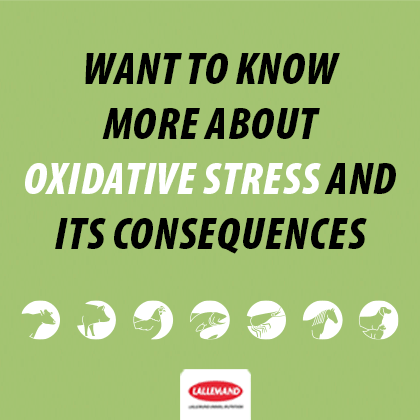Ruminants (such as cows, sheep and goats) are often considered big contributors to climate change due to their methane (CH4), emissions.
![]() While this is true, it is actually part of an important natural cycle that has been occurring since the beginning of life, known as the biogenic carbon cycle.
While this is true, it is actually part of an important natural cycle that has been occurring since the beginning of life, known as the biogenic carbon cycle.
The biogenic carbon cycle focuses on the ability of plants to absorb and sequester carbon.
Plants have the unique ability to remove carbon dioxide (CO2) from the atmosphere and deposit that carbon in their leaves, roots, and stems while releasing oxygen into the atmosphere.
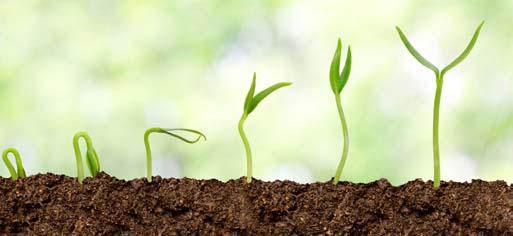
![]() This process is known as photosynthesis and is fundamental to the biogenic carbon cycle.
This process is known as photosynthesis and is fundamental to the biogenic carbon cycle.
When plants perform photosynthesis, carbon is mainly converted into cellulose, which is a carbohydrate and one of the main building blocks of plants.

Cellulose turns out to be the world’s most abundant organic compound. It is found in: Grasses, Shrubs, Crops, Trees, etc.
Cellulose content is particularly high in grasses and shrubs found in marginal lands. These are usually areas where cereal grains and other edible crops for human consumption cannot be grown.
Two-thirds of all agricultural land on the planet is marginal, filled with cellulose-rich grasses that are undigestible for humans.
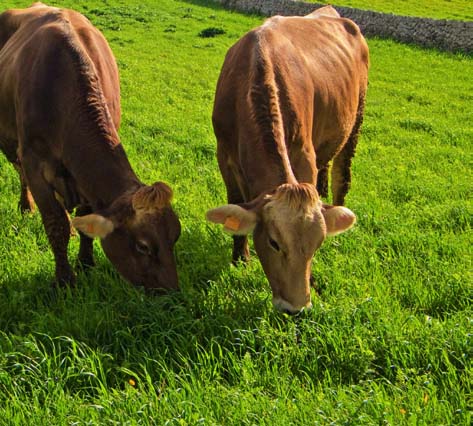
Ruminants ingest this plant material, obtain energy from it and recycle cellulose… and as a result, they also ingest carbon!
Ruminants are made to digest cellulose. They consume grasses and other plants which are high in cellulose and are capable of assimilating the carbon stored in cellulose through enteric fermentation.
They can use this carbon to cover vital functions such as growth, milk production and other physiological and metabolic processes.
As a result of cellulose consumption, livestock lose carbon in the form of CH4 and therefore return the carbon sequestered by plants into the atmosphere.
![]() After approximately 10 years, CH4 breaks down (hydroxyl oxidation) and is converted back into CO2 [CH4 –> CO2 + H2O].
After approximately 10 years, CH4 breaks down (hydroxyl oxidation) and is converted back into CO2 [CH4 –> CO2 + H2O].
Once converted to CO2, plants can uptake it once more through photosynthesis and fix that carbon into cellulose.
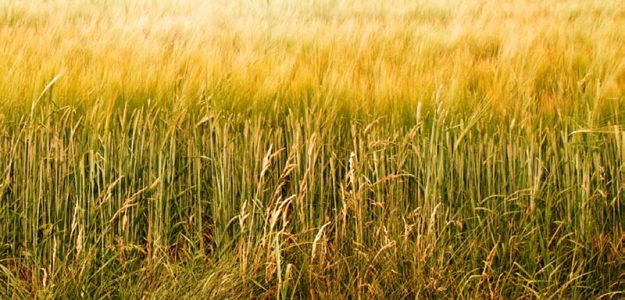
![]() Cattle then consume these plants and the cycle begins again.
Cattle then consume these plants and the cycle begins again.
In essence, CH4 emitted by livestock does not add new carbon to the atmosphere, considering the fact that after 10 years this carbon is reused by plants to synthesize carbohydrates.
Therefore, ruminants are part of the natural carbon cycle through the biogenic carbon cycle. (Liu, Proudman and Mitloehner, 2021).
![]() Figure 1 outlines the biogenic carbon cycle:
Figure 1 outlines the biogenic carbon cycle:
1)Carbon from atmospheric CO2 is captured via photosynthesis and stored in plants in the form of cellulose as well as being deposited in the soil.
2) The carbon contained in plants is ingested by ruminants. These release CH4 via belching, as well as from manure stored in the soil.
3) After 10 years, CH4 oxidizes and becomes CO2.
4) Carbon is extracted from CO2 in the atmosphere and stored in plants in the form of carbohydrates.
5) These are ingested by cattle.
6) Subsequently carbon found in the form of CH 4 is released back into the atmosphere
7)And the cycle continues.
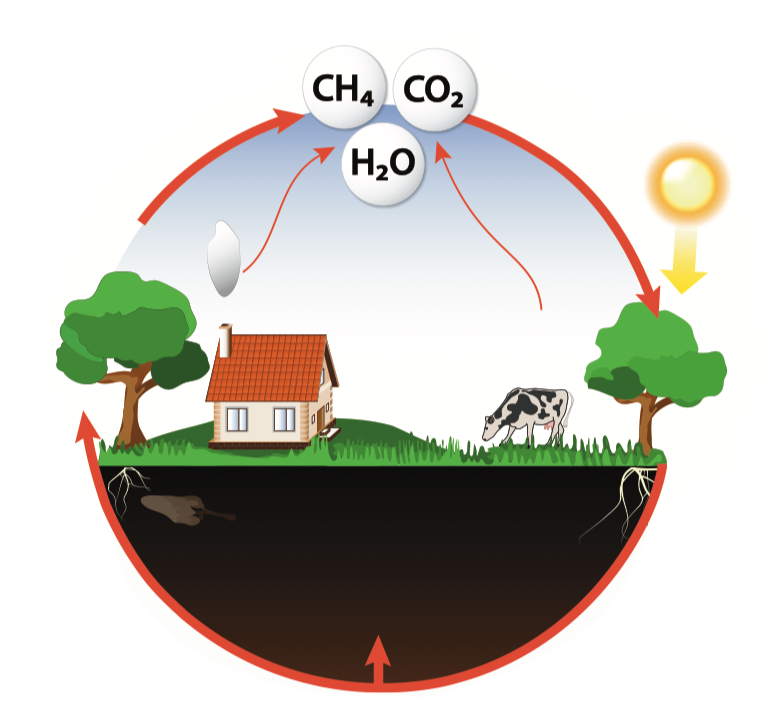
Cattle grazing helps remove greenhouse gases from the air by stimulating further plant growth, which in turn accelerates CO2 absorption from the air.
Dung beetles can recycle nutrients found in grasses and help store carbon in the soil.
Therefore, such activities stimulate carbon sequestration in plants and soil, while removing it from the atmosphere.
The biogenic carbon cycle is a relatively fast cycle.
The natural carbon cycle between ruminant animals, plants, and the atmosphere takes place over a relatively short period of time (approximately 10 years).
![]() In comparison, carbon exchange between the atmosphere and geological reserves (such as deep soils, seabeds, and rocks)occurs within the span of millennia, 1000 years or more(Allen et al., 2018).
In comparison, carbon exchange between the atmosphere and geological reserves (such as deep soils, seabeds, and rocks)occurs within the span of millennia, 1000 years or more(Allen et al., 2018).
![]() Why does the extraction and burning of fossil fuels have a greater impact on climate change than the biogenic carbon cycle?
Why does the extraction and burning of fossil fuels have a greater impact on climate change than the biogenic carbon cycle?
This is because it takes a minimum of 1000 years for CO2 released from fossil fuel burning to be deposited back into geological reserves.

To put this into perspective, the CO2 released by a car today, will remain in the atmosphere, exerting a warming effect on climate, that will last longer than your life, the lives of your children and that of your grandchildren.
Thus, the long-lasting impact of burning fossil fuels on climate (average of 1000 years) is more significant than methane emissions from livestock. Considering that the latter are part of the relatively short-term biogenic carbon cycle (10 years on average).
This means that, if methane emissions from livestock remain stable or are reduced, the long-term impacts of fossil fuels on climate change are far greater than those attributed to ruminant methane emissions.
Therefore, with stable livestock populations(neither growing nor decreasing), the amount of CH4 produced by ruminants is actually balanced by the decomposition-oxidation of CH4 that occurs in the atmosphere.
The rate at which CH4 is produced by ruminants is equal to the rate at which it is decomposed into CO2 (oxidation via biogenic cycle) which is subsequently fixed by plants through photosynthesis.

CO2 is a gas that accumulates over time and remains in the atmosphere.
Methane (CH4 )is a gas that is destroyed at the same rate as it is emitted.
